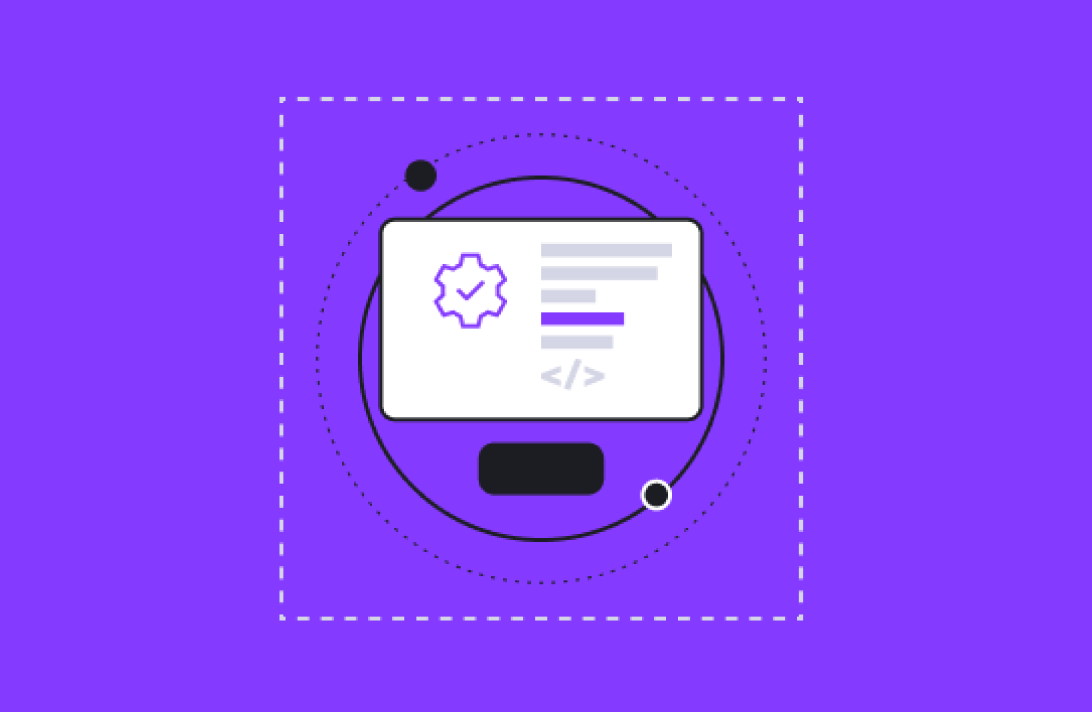In one of our previous blog posts, we introduced you to RevOps. This is a relatively new practice that addresses the disconnects between a company’s departments relating to revenue generation.
RevOps stands for “Revenue Operations.” It encompasses every business operation involved in creating a great customer experience, as well as the tools your company uses to manage and optimize revenue.
Although RevOps should permeate every aspect of your company’s operations, it also serves as a function in and of itself. This usually takes the form of a RevOps team. This is the team of individuals who manage the change from a legacy workflow involving siloed departments to a RevOps workflow involving interconnected marketing, sales, customer success, and finance departments.
When you work with a partner like Aptitude 8, you get to work directly with a RevOps team. But you may be wondering exactly how your RevOps team breaks down silos, connects your departments through a standardized workflow, and generates the reporting you need to make key decisions.
Here, we’ll explore how you can create a RevOps workflow at your company.
RevOps for Marketing and Sales
In a legacy workflow, marketing is responsible for attracting the attention of customers and generating leads. But once those leads are handed off to the sales team, the marketing team has little to no contact with them. They aren’t responsible for sales metrics or, for that matter, revenue metrics.
A RevOps workflow eliminates those gaps and connects the two teams. They may have different specialties, but they share the same goals. More importantly, their reporting is linked, just as it’s linked with customer experience reporting.
Marketing
In a RevOps workflow, marketing is involved throughout the entire customer lifecycle, from awareness to acquisition, cross-selling, and beyond. Not only do marketers bring in new business, but they also engage existing customers, taking advantage of opportunities to upsell and keep customers happy.
To do this, the RevOps team will deploy software applications and processes to connect marketing with the rest of the departments. Instead of working in a siloed environment, marketers will work alongside other departments, sharing the same data, goals, and projects.
The marketing team will still track metrics like conversion rates and bounce rates, but they’ll also track metrics that are related to the overall health of the business. Metrics like return on marketing investment, cost per lead, and customer lifetime value are now relevant to marketing, not just to the sales and customer experience teams.
Sales
Sales and marketing teams must work alongside each other to achieve revenue and customer experience goals. That means sales and marketing share the same tools, dashboards, and data, as well as the same objectives.
Ideally, there should be little to no separation between the teams. Although members of each team have their specializations, marketing should be engaging in sales enablement initiatives just as the sales team should be helping with marketing initiatives.
Connecting both departments are a set of tools and processes, giving each a bird’s-eye view of the customer experience they are responsible for.
Today, most of the buyer’s journey is now finished long before the buyer ever reaches a sales representative. This has placed less emphasis on the sales team’s ability to inform customers about the company’s products and services and more emphasis on the customer experience before they enter a sales conversation.
That doesn’t mean the sales team has become irrelevant—far from it. It just means that improving only your sales team’s efforts won’t improve your ability to generate revenue. With RevOps, cross-functional software enables your marketing and sales teams to get more value out of every deal in your sales funnel.
RevOps for Customer Success
Although sales and customer success are entirely different specialties, they work together in a RevOps workflow.
Traditionally, the sales team has always been responsible for closing the deal. They track metrics like revenue growth, revenue by deal, and average length of sales cycle. But in a RevOps workflow, the customer success team gets involved with the customer long before the sales team has closed the deal.
That’s because most customers want to know what their relationship with your company will look like after they sign on the dotted line. They aren’t just paying for a product or service—they’re paying for an experience, and they deserve to know what the customer experience will look like well into the future.
RevOps allows you to turn your customer experience into a selling point. Instead of focusing on “customer maintenance” or squeezing every last dollar out of your customers after they have signed up, your customer experience team should work alongside your sales team to close the deal and generate confidence in what comes next.
The idea is to prevent your departments from working against each other. While healthy competition can help, RevOps can help you avoid “hand-off” situations and finger-pointing. Everyone is responsible for customer success and revenue generation and both the sales and customer success teams are responsible for keeping the customer happy.
Generating Valuable RevOps Reporting
Traditional reporting models involve many different technologies, dashboards, and metrics, each of which are used by different departments. For RevOps to work, you need to eliminate those barriers, so each department shares the same reporting infrastructure.
Instead of working with several different software solutions for reporting, you should rely on only one: a single source of truth that all your departments can use to gauge their success.
Even if you intend to keep some of your department-specific software, you can integrate a reporting solution that draws data from all of them. There are no more solutions like this on the market than ever before. For example, solutions like HubSpot integrate with many other software applications, pulling data from them to generate clear reports that are relevant to RevOps.
This way, every department can track RevOps metrics like the following:
- Net New Revenue
- Quick Ratio (net revenue month after month)
- Customer Acquisition Cost
- Average Contract Value
- Average Customer Lifetime Value
- Revenue Productivity (dollar worth of a customer after acquisition and retention costs)
Traditionally, these types of revenue metrics have been tied to the sales team. With a RevOps workflow, these metrics relate to every department, and they must be reported and accessible to all.
Launch Your RevOps Workflow with Aptitude 8
If you’re struggling with outdated software and processes that don’t work, your business needs RevOps. Contact Aptitude 8 today to start building a better customer journey.







